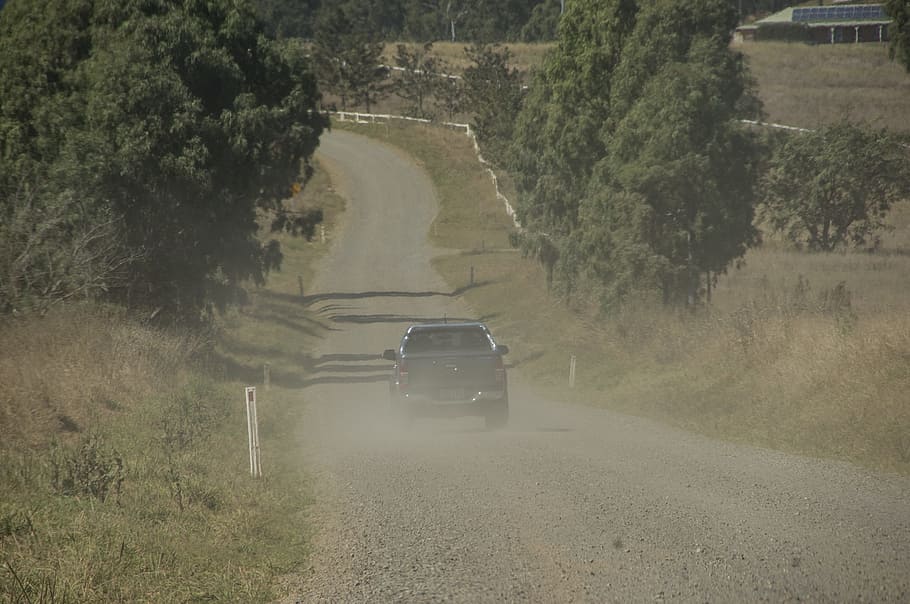By Ian Carruthers and Noel Harper
DISCLAIMER: This blog is intended to inform the reader about how the law was applied in a particular case. It should not be taken as advice regarding the outcome of any other case, even one that may have similar facts. The Court’s decision will depend on the facts of each case. Please call 1-844-210-9511 or visit carrutherslaw.ca if you would like to discuss your specific case.
If you haven’t seen Monday’s post, where we went through the key facts and timeline of events for this week’s case, you can check it out here.
At issue in McFaul v. Ranch-Lewchuk, 2015 ABQB 706 was the proposed amendment to add a new defendant to a statement of claim, and whether this change was outside of the limitation period.
In this case, it was not within the limitation period, and the correct answer for the date it began is a) August 26th, 2006, the date of the accident.
As a reminder, the Limitations Act states:
3(1) Subject to subsections (1.1) and (1.2) and sections 3.1 and 11, if a claimant does not seek a remedial order within, if a claimant does not seek a remedial order within
(a) 2 years after the date on which the claimant first knew, or in the circumstances ought to have known,
(i) that the injury for which the claimant seeks a remedial order had occurred,
(ii) that the injury was attributable to conduct of the defendant, and
(iii) that the injury, assuming liability on the part of the defendant, warrants bringing a proceeding, or
(b) 10 years after the claim arose,
whichever period expires first, the defendant, on pleading this Act as a defence, is entitled to immunity from liability in respect of the claim.
The plaintiff argued that the limitation period began in July 2009, when he first learned of the owner of the unidentified vehicle from the administrator. As the Justice cited in her decision, however, “the phrase ‘knew, or in the circumstances, ought to have known’ from … the Limitations Act reflects [a] general rule of discoverability. While the phrase ‘ought to have known’ employs an objective test, the test must be applied having regard to a plaintiff’s personal circumstances.”
The accident took place near the hamlet of Gunn, Alberta, which has a population of just 26. Therefore, the Justice “[found] that the Plaintiff … through the exercise of a minimal amount of diligence, could have found the identity of the proposed Defendant on, or shortly after, the date of the accident.” Counsel’s argument that the Plaintiff had been experiencing “personal difficulties since the accident” did not sway the Justice, for no evidence was presented at the time. The application to add the proposed defendant was dismissed.
Let’s go over the possible answers once more:
a) August 26, 2006
On this date, the accident involving McFaul and Ranch-Lewchuk took place. The Plaintiff ought to have been able to discover the identity of the proposed defendant, the driver of the vehicle who approached them and set off the accident’s chain of events, within two years, given the nature of the small town where the accident took place.
b) July 19, 2007
The Plaintiff’s initial statement of claim, filed on this date, placed the blame solely on Ranch-Lewchuk, whom the Plaintiff alleged was driving at the time, and made no mention to the involvement of a phantom vehicle or the “John Doe” who was driving it, which was “a compelling consideration” for the Justice.
c) July 15, 2009
On this date, a supplemental report from an independent insurance adjuster identified the owner of the phantom vehicle, a man who passed away from skin cancer more than a year prior. As such, his estate was named as the proposed defendant. The plaintiff claimed this was the first time he learned who the driver was, and as such argued the limitation period began on this date, but the Justice believed the Plaintiff could have tried to find out sooner on his own accord.
d) December 15, 2009
Having argued the limitation period starting point as July 25, 2009, the plaintiff stated that the date on which his first notice of motion was filed fell within the two-year period. The Justice argued that “simply filing a Notice of Motion [does not constitute] ‘seeking a remedial order’ for the purposes of … the Limitations Act.”
Legal Malpractice
As seen in this case, expired limitation deadlines and missed defendants are two of the many potential risks in civil litigation. While most unsuccessful cases or applications occur despite a civil litigator’s reasonable efforts, or for reasons beyond the lawyer’s control, they occasionally result from legal malpractice.
Have you or someone you know possibly suffered a loss due to the negligence of a lawyer or former lawyer? Carruthers Law can help you identify how to repair the damage or, alternatively, help you determine whether you should pursue a professional malpractice claim. Contact us for a complimentary consultation to discuss your situation.

